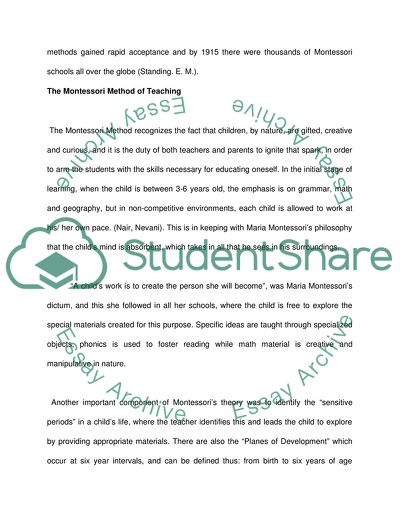Cite this document
(Montessori philosophy advocates following the child adn meeting the Essay, n.d.)
Montessori philosophy advocates following the child adn meeting the Essay. https://studentshare.org/philosophy/1719239-montessori-philosophy-advocates-following-the-child-adn-meeting-the-childs-needs
Montessori philosophy advocates following the child adn meeting the Essay. https://studentshare.org/philosophy/1719239-montessori-philosophy-advocates-following-the-child-adn-meeting-the-childs-needs
(Montessori Philosophy Advocates Following the Child Adn Meeting the Essay)
Montessori Philosophy Advocates Following the Child Adn Meeting the Essay. https://studentshare.org/philosophy/1719239-montessori-philosophy-advocates-following-the-child-adn-meeting-the-childs-needs.
Montessori Philosophy Advocates Following the Child Adn Meeting the Essay. https://studentshare.org/philosophy/1719239-montessori-philosophy-advocates-following-the-child-adn-meeting-the-childs-needs.
“Montessori Philosophy Advocates Following the Child Adn Meeting the Essay”. https://studentshare.org/philosophy/1719239-montessori-philosophy-advocates-following-the-child-adn-meeting-the-childs-needs.


